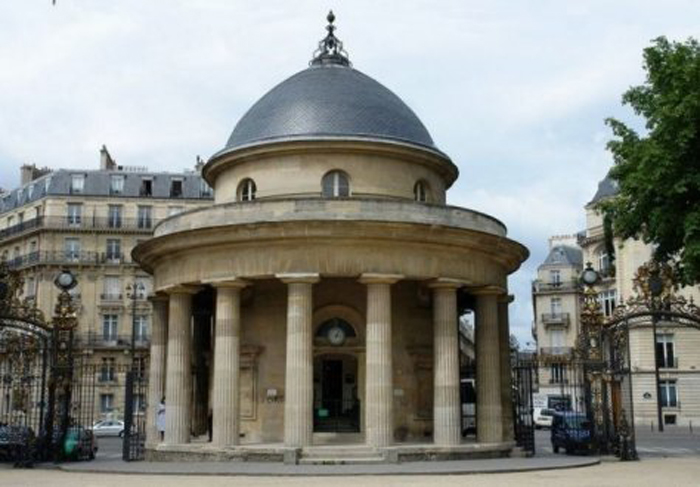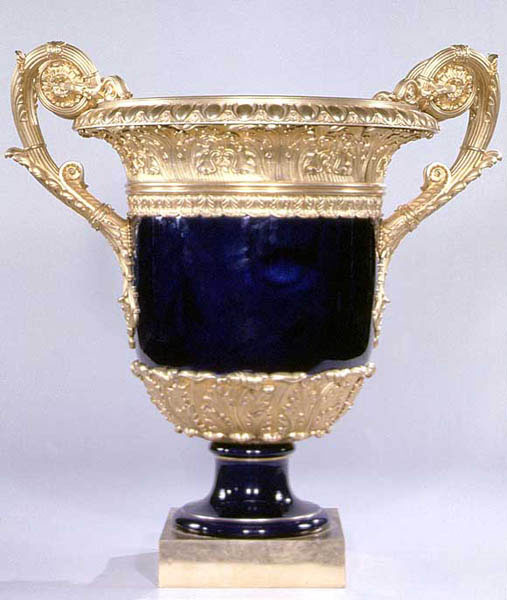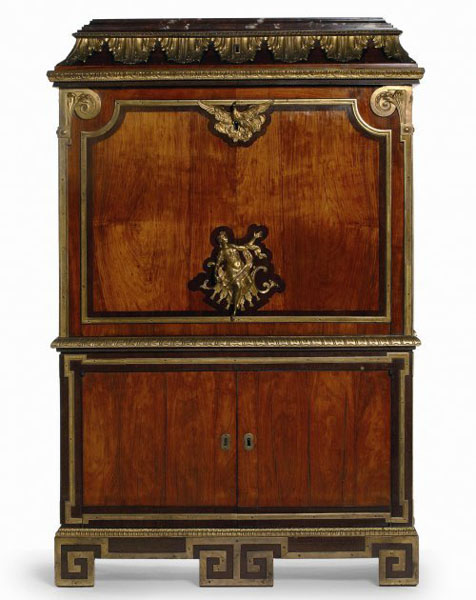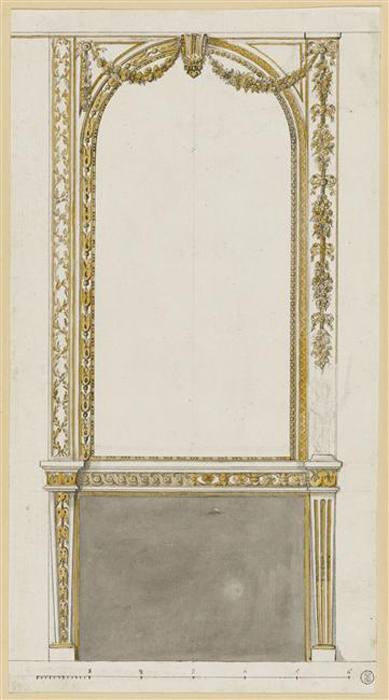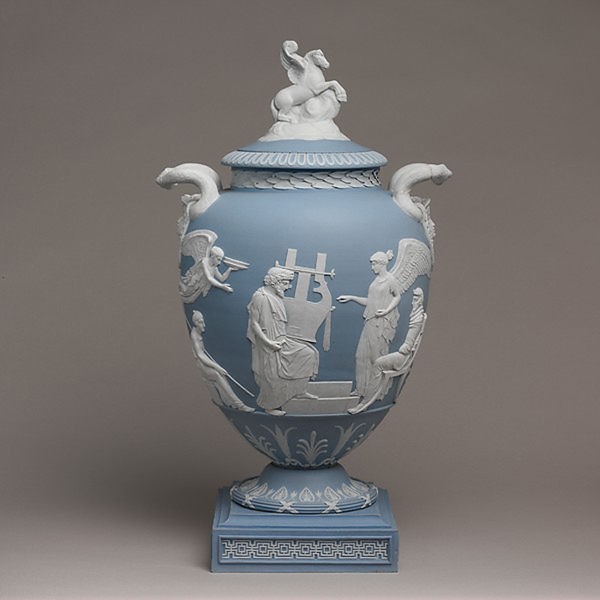“It is a severe kind of art, an art of heroism, of civic virtue. It succeeded to embrace the French Revolution, to adorn the Directory, to illustrate the Consulate and to give the Empire its decor” resumes M. Fumaroli, member of the French Academy.
Neoclassicism is an artistic movement which developed in painting, sculpting, architecture and decorative arts between 1750 and 1830. Born in Rome, at the time of the rediscovery of Pompeii and Herculaneum, around 1730, the movement spread quickly in France through young painters and sculptors practicing at the French Academy in Rome.
At that time, the knowledge of Antiquity became more precise, thanks to archeology that uncovered an aspect of Antiquity that was yet unknown. Especially, Greek art is revealed, while it was only known under its Roman adaptation. After the publication in 1764 of the History of Ancient Art by Johann Joachim Winckelmann, in which the author sang the praises of the great liberty that enjoyed Greek artists, the return to Antiquity took a political overtone, it was a critic towards monarchy.
This new expression of antique style wanted to call upon all the great arts to join in what one henceforth called “the great taste”. Under the influence of Winckelmann, neoclassicism reminded of the virtue and the simplicity of the antique style, after the baroque art and the excess of frivolities made under the rococo style in the years preceding. Antiquity served as an example, the trend of Pompeii or Herculaneum was followed. Imperial Rome became fashionable under Napoleon the 1st, but with the emergence of the romantic movement, this style gradually disappeared.
In painting, from 1760, this movement can be seen through several characteristics: themes inspired by Greek or Roman antiquity, form taking priority over color, representation of time preceding action and a moralizing theme, often taking a propagandist approach. Neoclassical painting was a reaction to the excesses of the rococo ornamentations. One of the most important painters of that movement was Anton Raphael Mengs, in its large fresco painting for the Villa Albani in Roma -the Parnassus- (1760-1761) the antique theme is easily recognizable. In France, Jacques-Louis David, leader of neoclassical painting, presented in 1784 its greatest artwork, Oath of the Horatii, considered as the pictorial manifest of this style.
In architecture, this movement is expressed through typical antique architectural features (columns, pediments, elegant proportions, porches). To break with Baroque style, it systematically adopted a geometrical plan, a simplicity of volumes and a sculpted decor reduced to its simplest expression. However, sculpted ornamentations from Antiquity are used as Greek friezes, volutes of foliage, scallops or palm-leaf motifs. The most representative French buildings of this style are the Palace of Compiègne (from 1751), the Sainte-Geneviève church of Paris (1764-1790), or even the Arch of Triumph of the Carrousel du Louvre built by Charles Percier and Pierre-François-Léonard Fontaine (1807-1809).
The neo-Palladian style - taking after the style of Palladio, a Venetian architect of the Renaissance who is famous for the villas he made with an antique aesthetic-, started at the end of the reign of Louis XV and lasted until the middle of the 19th century. The Petit Trianon, built by Jacques Ange Gabriel between 1762 and 1768, the music pavilion of Madame du Barry at Louveciennes, the mansion of Salm in Paris, or the castle of Reynerie in Toulouse are some of the realizations of this style.
Into decorative arts, curved lines were replaced by straight and slim lines, the ornamentation was borrowed from antic vocabulary. Neoclassism was first light and refined under Louis XVI and the Directory, in accordance with the refinement of that time society. It was made heavier and it became ostentatious under the Empire, at last it declined with the Restauration.









